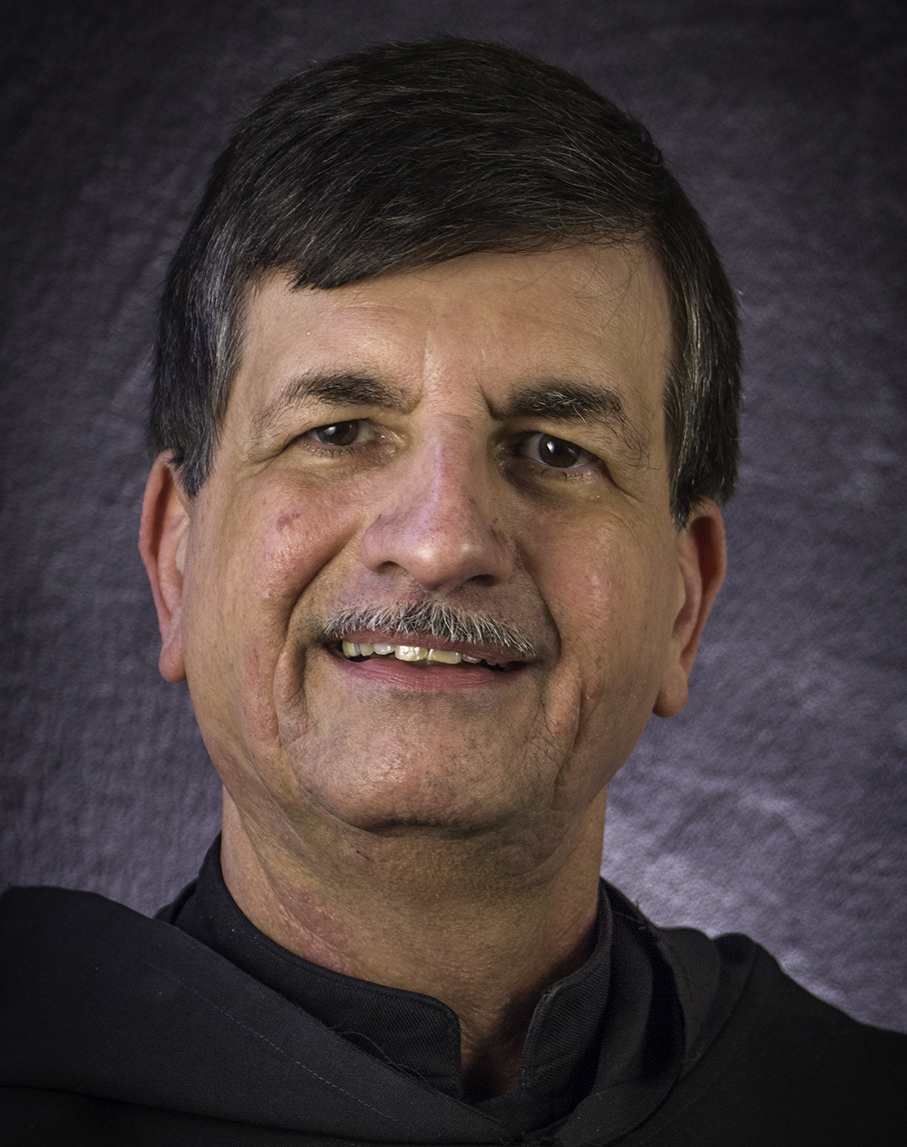Assumption Catholic Church
323 West Illinois Street - Chicago IL 60654
| HOME |
Pastor's Messages Fr. Joseph Chamblain, O.S.M. Pastor
|
 |
| 12/7/2025 | Fr. Joseph Chamblain, OSM |
| TAKING CENTER STAGE | |
During the great snowstorm last Saturday, the news broke that British playwright Tom Stoppard had died. Over the course of a long career, Stoppard wrote for television and film as well as for the theatre. I first became aware of Tom Stoppard during my summer college program in England in 1974. His new play called Travesties, about the figures behind the Russian Revolution, had just opened in London to rave reviews. One of Stoppard’s earliest plays was called Rosencrantz and Guildenstern Are Dead, which is a line from Shakespeare’s Hamlet. Rosencrantz and Guildenstern are minor characters, friends of Hamlet, and the play imagines how the events of Hamlet would be viewed through the eyes of these peripheral participants. That got me to thinking. During this Advent season, our major focus is on John the Baptist, Mary, and Joseph. But what about the peripheral characters, Zachary and Elizabeth? What if we viewed the events leading up to Christmas through their eyes? Zachary and Elizabeth lived “up in the hill country,” which suggests to me that they were far removed from the movers and shakers in Jerusalem; and that making a living off the land was difficult. They were from the priestly family, but derived very few benefits from it. However, Zachary did enjoy one privilege. Twice a year Zachary traveled to Jerusalem and one priest from his division was chosen to offer sacrifice in the Temple. Luke’s Gospel tells us what happened the time Zachary was chosen to enter the Temple; but what about all those other trips? He would have seen the corruption of the high priestly class, the encroachment of the buying and selling on a place of worship. He would have seen the same things that would later anger Jesus. He would have been a source of information to the people in the hill country about what was happening “downtown.” We can imagine young John hearing those stories year after year and becoming “radicalized,” becoming a prophetic voice crying in the wilderness. I suspect this also explains Zachary’s reluctance to believe the message of the agnel that he and his wife Elizabeth were to become parents at an advanced age. Whereas Mary says, “Let it be done to me as you say,” Zachary asks for proof. Mary was young, perhaps idealistic, and did not yet fully grasp what her “yes” to God would mean. Zachary and Elizabeth had kept the faith for decades, but had little to show for it. He had seen the profiteering at the Temple, but could do little about it. His wife was ridiculed in the community because they were childless. They were probably struggling economically. Then, after decades and decades of nothing coming his way, an angel tells him that God has shuffled the deck. Of course, he should have simply rejoiced at the good news, but we can also understand why he doubted that it could be true. Mary had to believe that God could choose a teenage girl from a town famous for its mediocrity to be the mother of the Messiah. Zachary had to believe that life is never over until it is over and that God is never finished with us. Then there is Elizabeth, who after decades of scorn by her neighbors becomes the object of a “holy fear” when she became pregnant. I wonder if she, like Mary, just longed for a normal life. While Mary may have come to help Elizabeth who was further advanced in her pregnancy, Elizabeth offered Mary something extremely valuable: an understanding heart. Whatever the neighbors may have been saying about Mary’s pregnancy back in Nazareth, Elizabeth knew that it was true. Her first words were, “Who am I that the mother of my Lord should come to me?” And, unlike Zachary, she does not seem to have had any trouble believing that God’s good news can come to us, regardless of our age and station in life. How marvelous must have been that moment when these two women hugged one another in the doorway and celebrated God’s divine secret that had been made known to them. I can picture Elizabeth being a mentor to Mary during the time they spent together, helping prepare her for the challenges she would face as the Mother of God and the inevitable ups and downs of life. Perhaps during the last part of their lives, Zachary and Elizabeth became highly respected members of the community for their special role in God’s plan of salvation. Like most secondary characters, Zachary and Elizabeth simply disappear when their time on stage is over. In Luke’s Gospel, no one bursts into the room and says, “Zachary and Elizabeth are dead.” In fact they live on whenever the Gospels are read. They continue to challenge us, to encourage us, and accompany us through this season of Advent. Fr. Joe\\\\ |
|